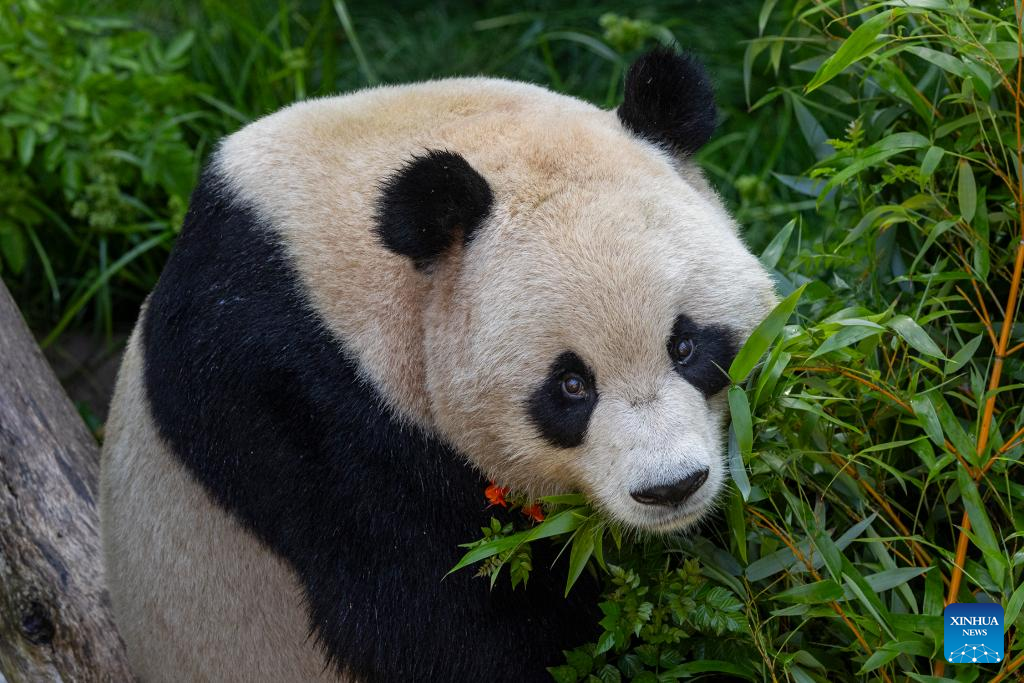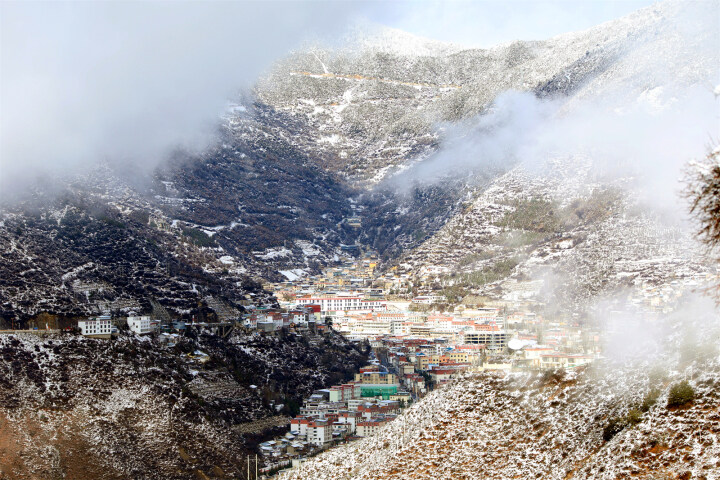
As Chinese tourists become wealthier and more experienced, there is a growing desire to explore the world and try more adventurous activities.[Photo/Xinhua]
Climbing, skydiving and paragliding are sources of wonder for 64-year-old Ding Zhendong, a retired editor from North China's Inner Mongolia autonomous region.
"Real life begins after retirement," Ding said. He first tasted adventure tourism in 2015 when he drove a minibus with a friend from Inner Mongolia to the Tibet autonomous region.
Despite difficulties during the trip, the adventure was worthwhile for Ding thanks to the stunning landscape and thrilling experience. Since then, he has driven to Tibet by four different routes and visited the Arctic and Antarctic.
"Adventure helps me learn the limits of my body and boosts my physical strength. Now more retirees are joining our expedition team," he said.
Ding is among a growing number of Chinese who want more than relaxation from their travels.
China's per capita disposable income was 49.7 yuan in 1949 but reached 28,228 yuan ($4,050) in 2018, an increase of nearly 60 times in real terms after inflation.
As Chinese tourists become wealthier and more experienced, there is a growing desire to explore the world and try more adventurous activities, from African safaris to polar adventures.
Adventure travel is a kind of niche tourism, which includes numerous activities such as caving, climbing, cycling and hiking.
Market consulting firm Allied Market Research estimated that the global adventure tourism market was valued at $586 billion in 2018, and is projected to reach around $1.63 trillion in 2026.
"Chinese travelers are playing an increasingly important role in the global adventure tourism economy," said Han Bo, chairman of the China Adventure Association.
According to a report released by the association, there are 130 million to 170 million people on the Chinese mainland participating in outdoor adventures, with annual growth of around 15 percent.
Among them, the number earning an income from adventure travel reached 60 million. More than 100,000 enterprises are dedicated to providing services for adventure seekers, the report said.
"Only a few Chinese such as scientists and archaeologists were engaged in adventure travel in the past," Han said, adding that more ordinary and uninhibited people aged between 15 and 60 have now joined them to explore the unknown.
Luo Hong, 52, founder of leading Chinese bakery chain Holiland, has journeyed to Africa 53 times, to the Arctic four times and the Antarctic twice, photographing wildlife and nature to raise public awareness of environmental protection.
When he first visited South Africa in 2001, the locals asked him: "Are you Japanese?" They were shocked when he answered he came from China as few Chinese tourists visited Africa at that time.
Things are different now. "This year, when I had a meal in a barbecue restaurant in Kenya, the locals sang the popular Chinese folk song Jasmine Flower in Chinese. I was very happy," he recalled.
Luo opened a personal photography museum in Beijing in 2016, which has received around 15 million visitors. His adventurous journeys have taken him through many dangerous places and extreme climates, but he never stopped.
Han said: "Seeking adventure is one of the best ways to satisfy people's spiritual needs. The popularization of adventure travel reflects China's improved national strength and people's better life.
"With a more affluent life, a growing number of Chinese will be keen to chase thrills the world over." |







7740f3b5-9ecb-438e-9052-76cb2d4bb671.jpg)

